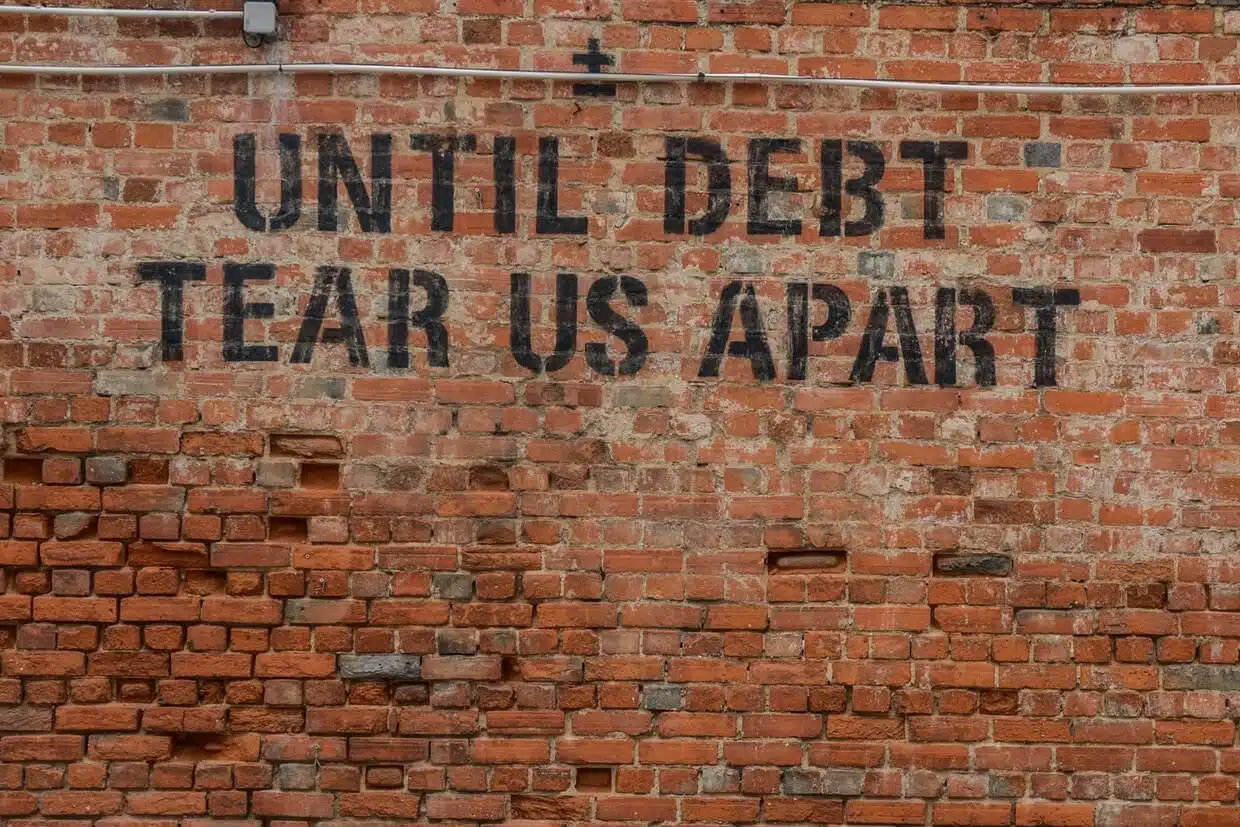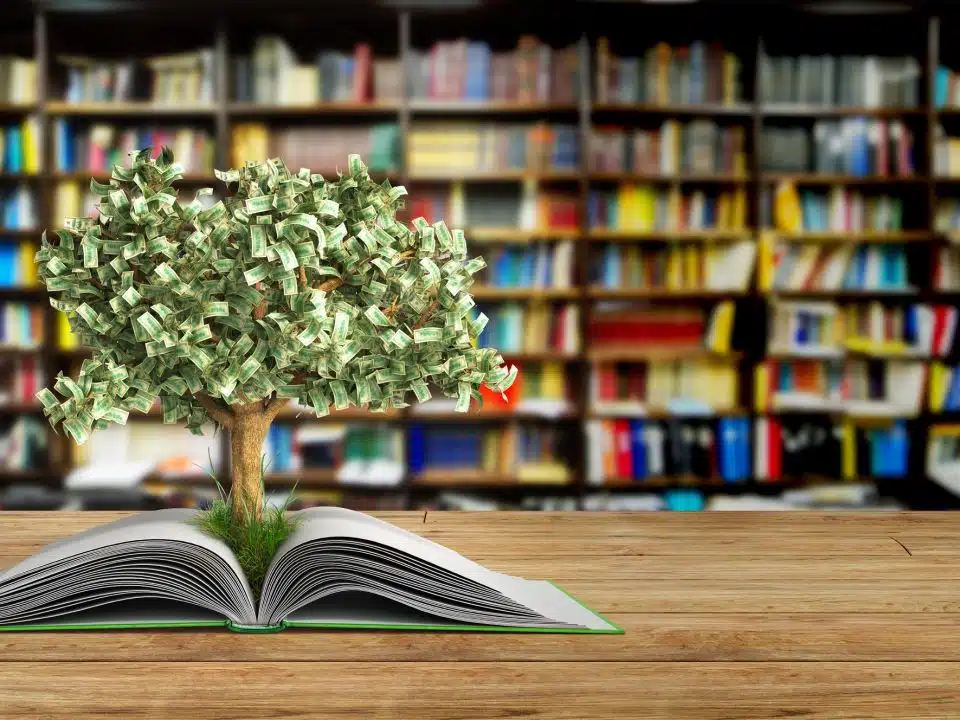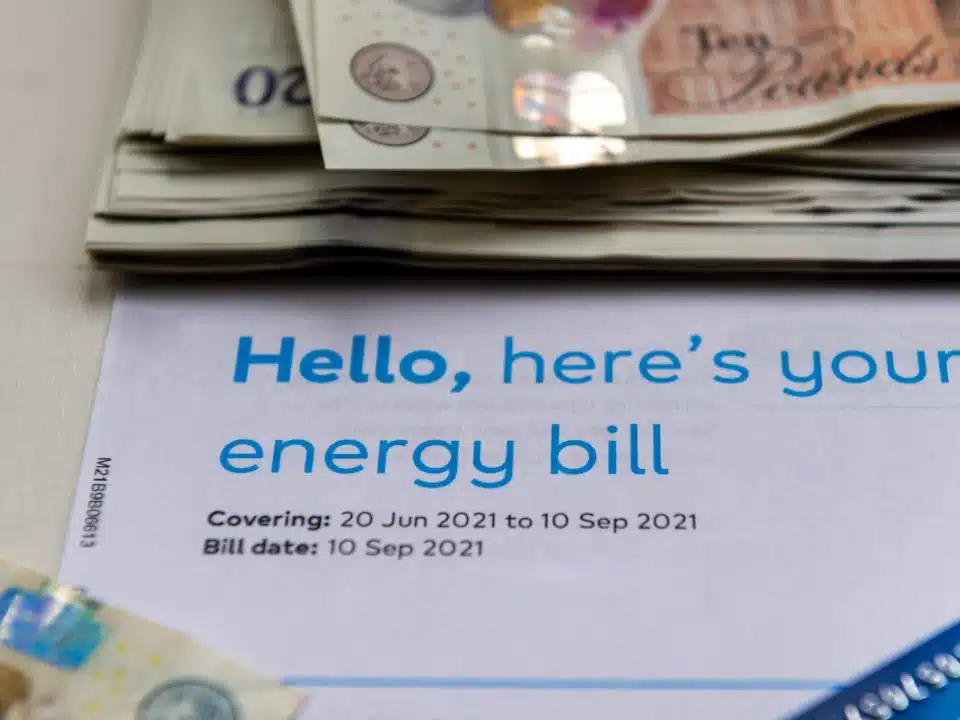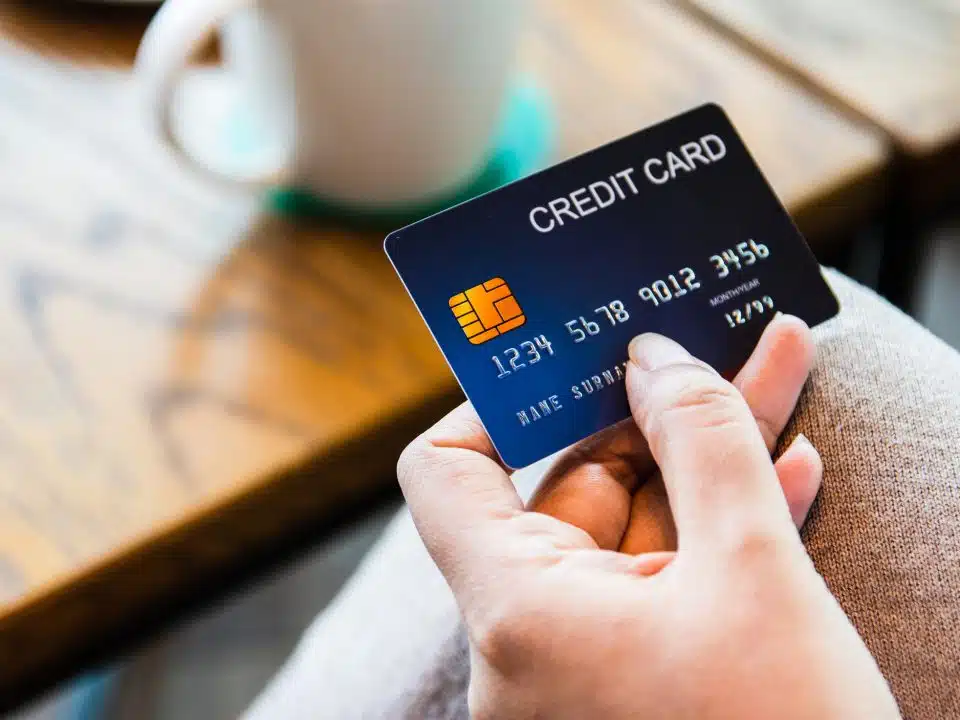
UK Debt: January 2024 statistics
January 31, 2024
How to cope with financial anxiety
February 26, 2024
You wake in the early hours of the morning, you can’t get back to sleep so you scroll your phone online window shopping. You hit “buy”, you get a buzz. This happens multiple times over the next few weeks.
You’re feeling unhappy and whilst scrolling your phone, you hit “buy”. You get a warm, fuzzy feeling that makes you feel good. You do it again and again.
Some of us joke that we buy too much in the middle of the night whilst up with the kids etc but compulsive spending is a real issue.
In a society driven by consumerism and things being available within hours at the touch of a button, compulsive spending is an addiction that can have profound consequences on an individual’s financial stability and overall well-being.
What is compulsive spending?
The true definition of compulsive spending (also known as compulsive buying disorder (CBD) or Oniomania), is a behavioural addiction where individuals engage in frequent, excessive, and uncontrollable shopping despite the potential negative consequences. This goes beyond the occasional splurge that most of us make and becomes a repetitive, destructive pattern that can lead to financial turmoil and emotional distress.
Common triggers to compulsive spending
- Emotional Distress – compulsive spenders often turn to shopping as a way to cope with stress, anxiety, or other emotional challenges. The act of buying provides a temporary escape and a sense of comfort
- Social Influences – peer pressure, societal expectations, and the desire to fit in can drive compulsive spending. Comparison and succumbing to the pressure of materialism that bombards us through social media contribute to the cycle
- Low Self-Esteem – some individuals use shopping as a means to boost self-esteem and gain a temporary sense of accomplishment. The buying or getting of material possessions becomes a way to validate one’s worth
- Boredom – boredom can trigger impulsive behaviour, and for compulsive spenders, shopping becomes a way to fill the void. The excitement of making a purchase provides a momentary thrill. This is especially true for those who scroll in the lonely hours of the night/morning
How to break free from being a compulsive spender
We are not telling you that this will be an easy task, however being aware of the problem is the first step.
Recognise the problem
Acknowledge the issue. Reflect on your shopping habits. Are you clicking “buy” too often on things that you do not really need? Are packages constantly turning up? Are you spending but getting to the end of the month and finding that you cannot make ends meet? Do your shopping habits align with your financial goals and values?
Create a budget
You need to establish a realistic budget in order to curb the compulsive spending. Track your income and essential spending, set financial goals and allocate specific amounts for savings and spending. Do not go cold turkey because this will only exacerbate the problem. Allow yourself some spending on frivolous things, just ensure that you do not go over that budget. Once you have stayed within the limitations for a few months, you can begin to reduce that allowance.
Identify your triggers
When are you making your purchases? Are you stressed, bored, under pressure? Understanding your triggers empowers you to address the root causes and develop healthier coping mechanisms.
If you find that your trigger is something that will need further help to overcome, then seek help from a medical professional.
Practice mindfulness
That is, become more aware of your thoughts and emotions. When you have the urge to spend impulsively, take a moment to assess whether you really need to make that purchase. That pause helps to break the automatic response to shopping without consideration.
Delay gratification
Put a “cooling off” period in place before making any non-essential purchases. If online, place the item into a wish-list area and then give yourself time to reconsider the decision and evaluate whether the item is actually needed or just a fleeting desire. This promotes more intentional spending.
Set realistic goals
Whether it’s saving for an emergency fund, paying off debt, or investing in personal development, having clear goals provides a sense of purpose and minimises the allure of compulsive spending. Just remember to set realistic goals – having goals that cannot be achieved just creates a sense of hopelessness, which in turn sets off the need to spend compulsively.
Build a support system
Having a support system can provide encouragement, understanding, and accountability. Discussing your challenges openly reduces the stigma associated with compulsive spending and fosters a sense of community. This community is also great to call upon if you need a distraction from the compulsion to spend, so call someone for a chat, play a game, listen to a podcast or do something creative.
Unsubscribe and unfollow
Declutter your digital space by unsubscribing from marketing emails and unfollow brands or influencers on social media that trigger the desire to shop.
Seek professional help
As mentioned above, if compulsive spending is significantly impacting your life, consider seeking help from a mental health professional. An independent financial adviser is a good option too, especially if you need solid financial strategies.




